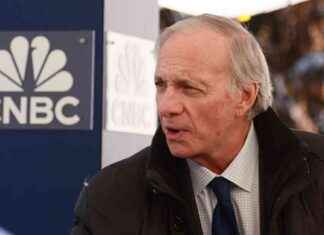GBP/USD struggled to gain momentum on Friday, only edging up by 0.13% as the Pound Sterling faced pressure due to the looming rate cut expectations from the Bank of England (BoE) next week. This resulted in the currency pair ending the week down by 0.5%, marking a second consecutive week of losses after falling from the previous week’s high above 1.3000.
Looking ahead to the coming week, investors are closely watching the Federal Reserve’s decision and the Non-Farm Payrolls (NFP) report. The BoE is anticipated to announce a quarter-point rate cut on Thursday, which would be the first cut since March 2020, lowering the benchmark rate from 5.25% to 5.0%. Meanwhile, the Fed is expected to maintain rates in July before potentially initiating a rate-cutting cycle in September.
Recent economic indicators from the US have shown that core PCE inflation remained steady at 2.6% year-over-year in June, defying expectations of a decrease. Additionally, consumer sentiment in the US dropped to an eight-month low in July, while inflation expectations rose slightly.
Despite signs of inflationary pressures, market sentiment has shifted towards a risk-on approach, with hopes for a rate cut in September. The CME’s FedWatch Tool indicates a 100% probability of a rate hold in July and a 25-basis-point cut in September, with a 12% chance of a 50-bps double cut.
In terms of the British Pound’s performance against major currencies this week, it was strongest against the Australian Dollar. However, against other currencies like the US Dollar, Euro, and Japanese Yen, the Pound faced declines, reflecting the overall market dynamics.
From a technical standpoint, GBP/USD has retreated below the 1.2900 level after falling from a 12-month peak near 1.3045. Despite the recent decline, short-term momentum favors buyers as the pair remains above the 200-day Exponential Moving Average (EMA) at 1.2636. Downward pressure could push bids below the 1.2600 mark, while renewed buying interest may emerge if GBP/USD drops further to touch a rising trendline from previous lows.
In conclusion, the Pound Sterling’s performance is heavily influenced by the Bank of England’s monetary policy decisions, economic data releases, and global market sentiment. Investors will be closely monitoring upcoming central bank decisions and economic indicators to gauge the future direction of the GBP/USD currency pair.








